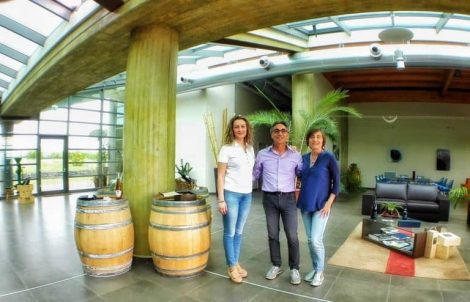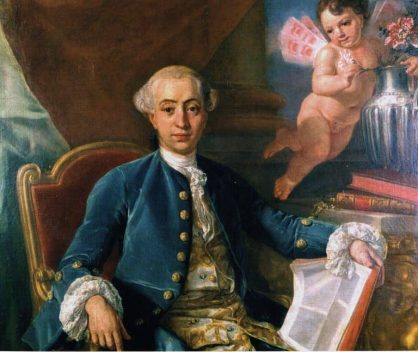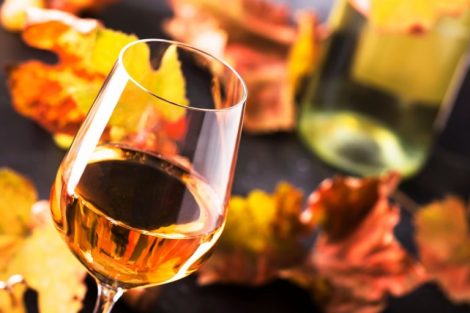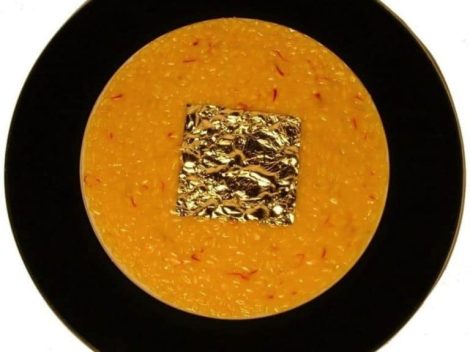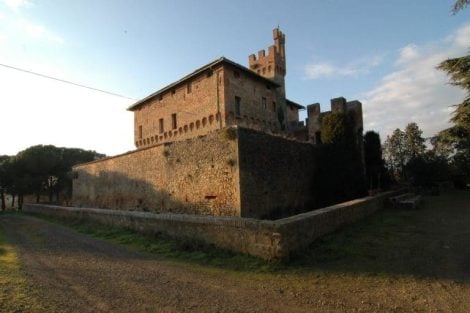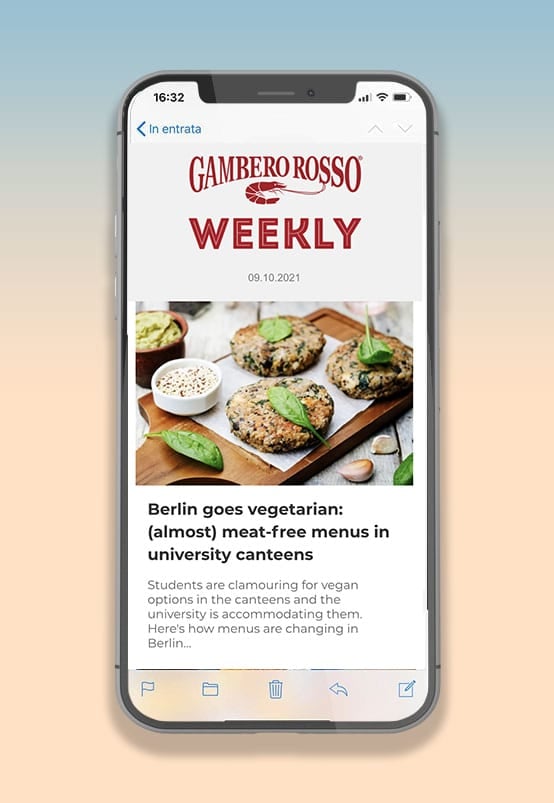To enjoy a panoramic view of the entire city of Genoa, one often recommends the route up Monte Moro. Whether by car or on foot, it’s the best way to take in the gulf in its entirety. Keen observers will notice something special hidden among the local vegetation. Locals, upon spotting the myrtle plants, exclaim “Toulì,” meaning “There it is!” This is also the name of a young venture that, for some years now, has embarked on an agricultural project focused on processing the wild myrtle of Monte Moro.
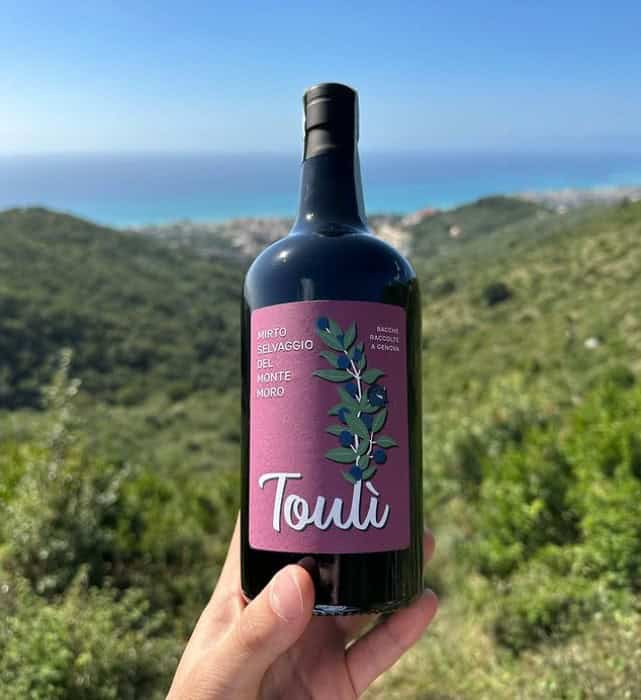
Two friends transition to agriculture
Behind Toulì is the ambition of Matteo Corsi and Pietro Beccaro, two friends who are now also business partners. Pietro, a nature, trekking, and agriculture enthusiast, oversees the agricultural and production aspects of the project. An engineering graduate, after spending years away from Genoa and Italy, he now holds a position of responsibility in the food and beverage procurement sector of an international group. Matteo, with a longstanding interest in entrepreneurship, commerce, and the local area, manages and coordinates the commercial and promotional strategy for the product, along with legal matters, thanks to his law degree.
“Our goal was to create our own entrepreneurial project, rooted in shared passions and a local reinterpretation of a traditional liqueur. We aimed to create an economy linked to Ligurian Mediterranean maquis and myrtle, emphasising territoriality, the agricultural component, and the short supply chain typical of the wine sector,” Matteo told Gambero Rosso. “Agricultural work is a cornerstone of our project: at the heart of Toulì Wild Myrtle of Monte Moro lies a model of agricultural management focused on protecting and regenerating the Mediterranean maquis, with the aim of demonstrating how an agricultural initiative can integrate into the local community’s economic, social, and cultural fabric.”
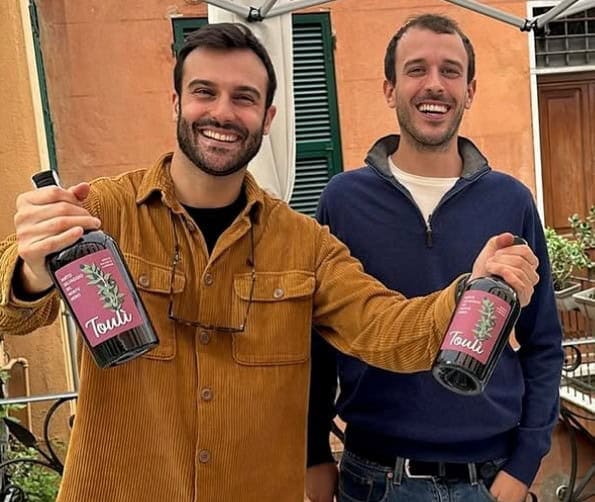
Discovering wild myrtle on Genoa’s hillsides
“A few years ago, we realised that numerous wild myrtle plants grow on the hills around Genoa, particularly near Monte Moro – a rural area adjacent to the eastern districts of Genoa. On a portion of land historically owned by Pietro’s family, we started harvesting the berries and testing myrtle recipes. Gradually more satisfied with the recipe, we scaled up production until we began commercialising the liqueur.” In the early years, production was almost exclusively dedicated to refining the recipe. During this time, they received positive feedback, constructive criticism, and support from enthusiasts, supporters, and restaurateurs – both for the product’s quality and the originality of the project. Their market launch in 2024 was made possible by the many friends who voluntarily contributed over time to land maintenance, plant care, and berry harvesting and selection.
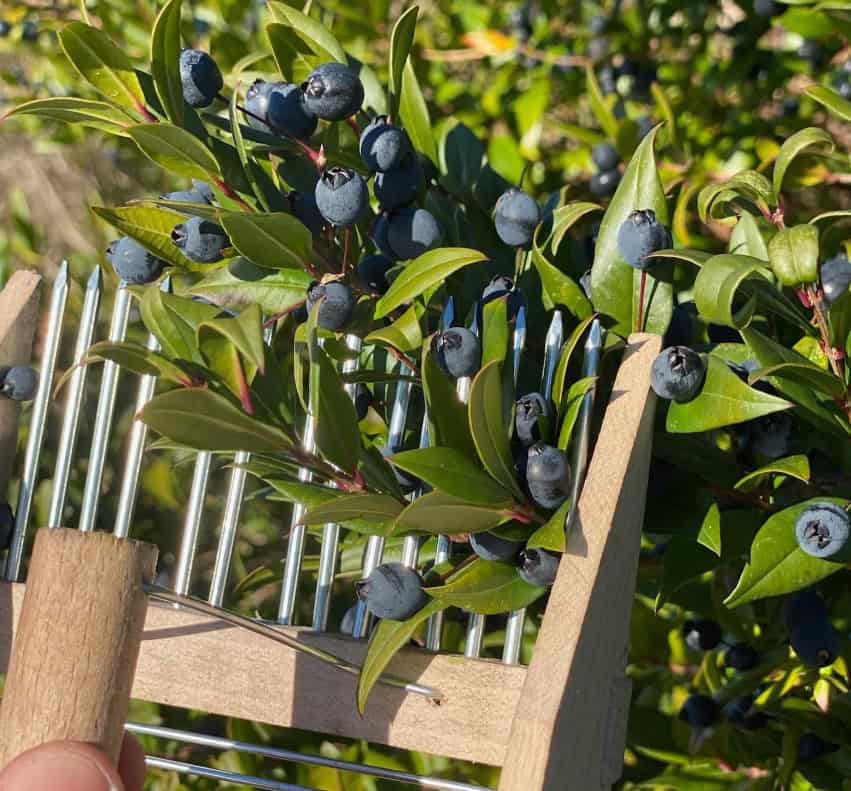
Sustainability and local integration
The goal is to create an economy tied to the Mediterranean maquis and, in particular, to myrtle, by promoting sustainable agricultural practices, involving the local community, and devising sustainable commercial proposals. “We studied the Progetto Nocciole Italia by Ferrero Hazelnut Company and want to adapt it to Ligurian land and the myrtle plant.”
“We had the opportunity to share this and much more about our agricultural project with institutional stakeholders during SmartCup 2024, promoted by Regione Liguria and organised by Filse – Finanziaria Ligure per lo Sviluppo Economico – in collaboration with the University of Genoa and numerous research and economic entities in the region. Our entrepreneurial idea was met with great interest, earning us a spot in the finals and a prize provided by a partner.”
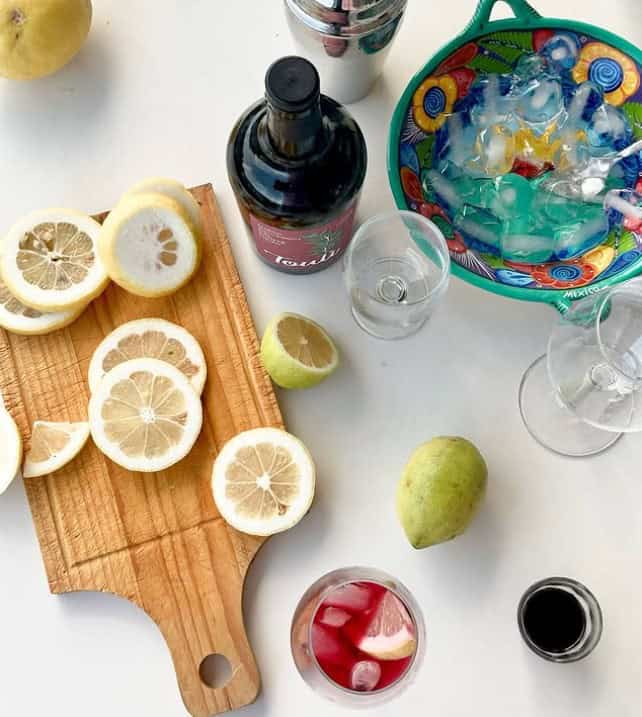
Reusing myrtle berries post-production
The team has also explored ways to reuse the spent berries left over after the myrtle production process. “The process involves infusing the berries in alcohol and then filtering out the solids from the tincture. The quantity of leftover berries is significant, which led us to wonder if they could be reused. Initially, we engaged our restaurateur clients to experiment with incorporating the berries into recipes. Eventually, we found the most intriguing reuse to be re-infusing the berries in water to extract the residual alcohol or distilling them, much like grape pomace in winemaking. We are now working on a new product: a distilled spirit made from spent myrtle berries. The recipe is nearly ready, and we’ll see if by 2025 we can launch this new product under the Toulì brand.”
Toulì Mirto del Monte Moro - Genova - Instagram

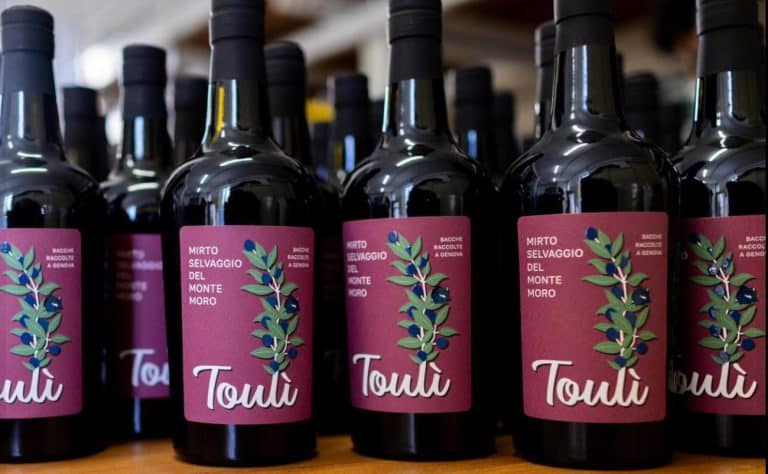
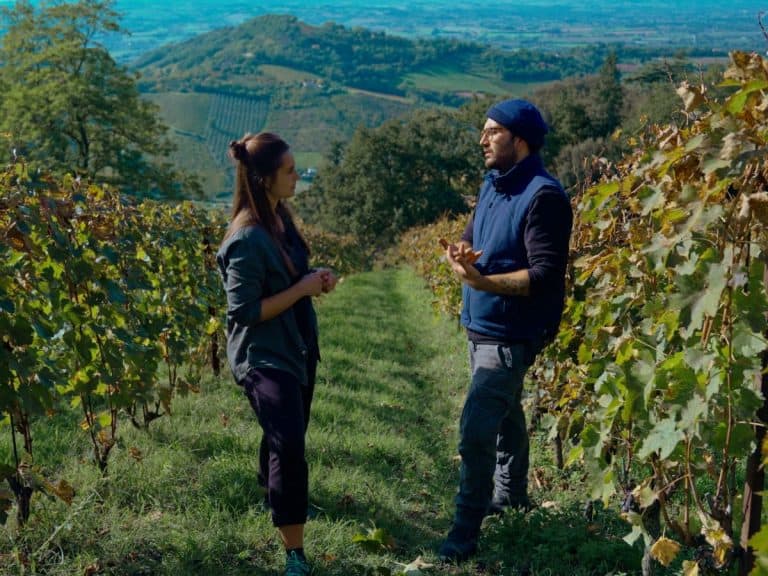 A documentary explores how a group of independent winemakers wims to save wine from climate change
A documentary explores how a group of independent winemakers wims to save wine from climate change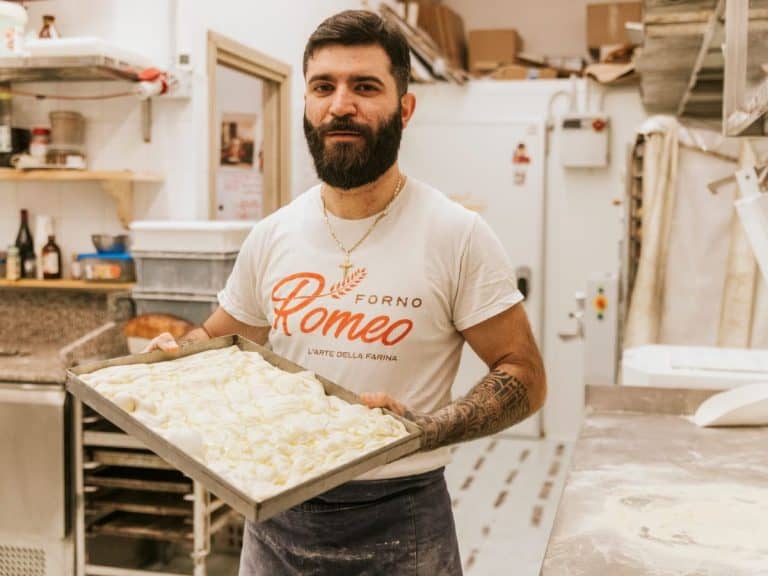 One of Italy’s best bakeries is located on an island and was opened by a young baker
One of Italy’s best bakeries is located on an island and was opened by a young baker Anonymity and bills paid. Here’s how the Michelin Guide works. Interview with former inspector Pina Belfiore
Anonymity and bills paid. Here’s how the Michelin Guide works. Interview with former inspector Pina Belfiore The 19 best Barolos selected by Gambero Rosso
The 19 best Barolos selected by Gambero Rosso The great Italian trattorias photographed by Oliviero Toscani. Here are the unpublished images and the backstage
The great Italian trattorias photographed by Oliviero Toscani. Here are the unpublished images and the backstage
